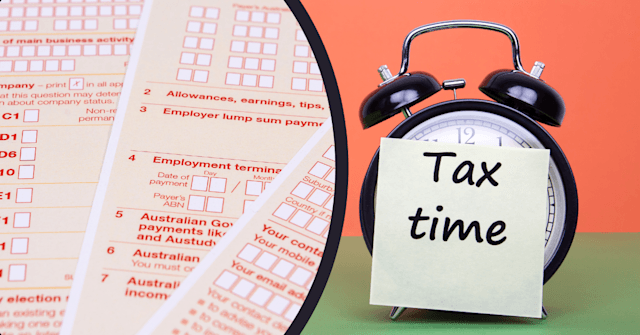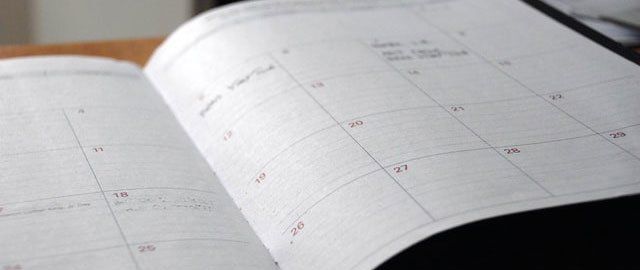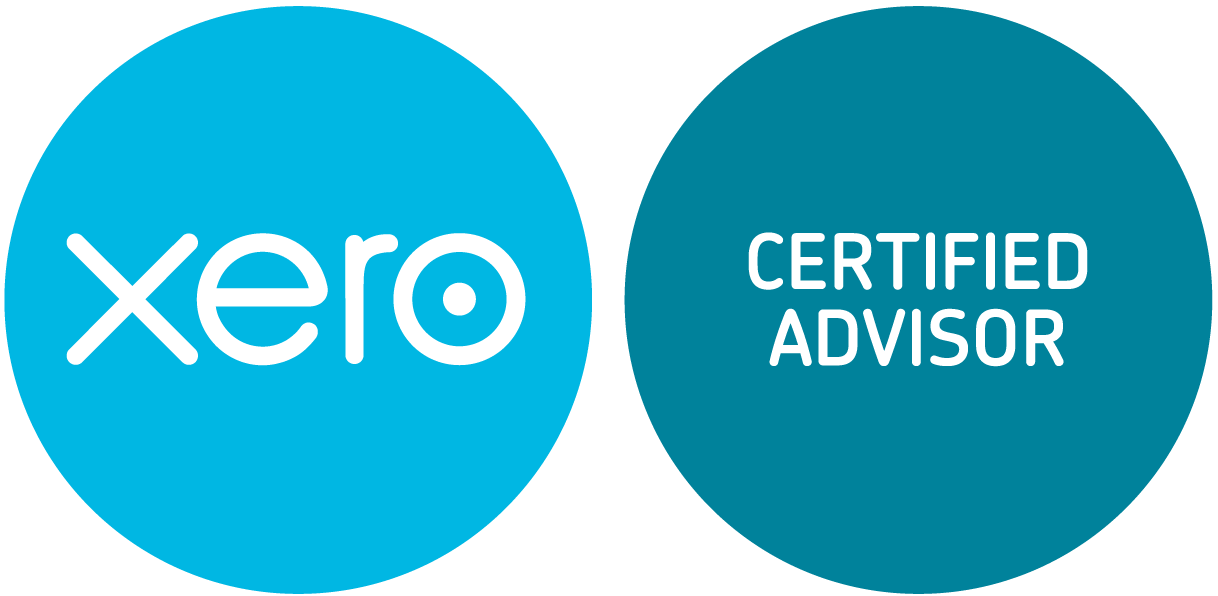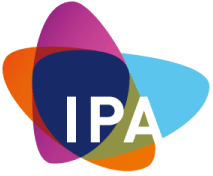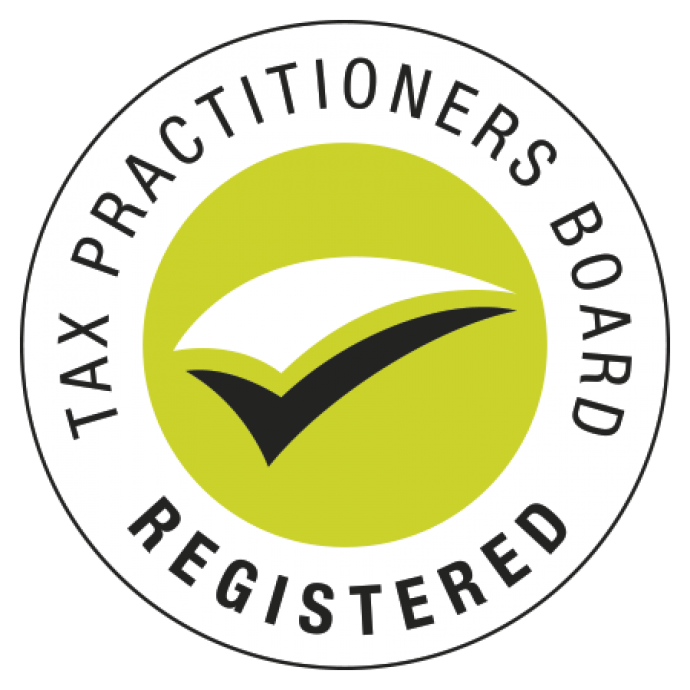IMPORTANT UPDATES FOR JOBKEEPER V2
IMPORTANT UPDATES FOR JOBKEEPER V2
On 21 July 2020, the Government announced that JobKeeper would be extended to 28 March 2021, but it will have reduced payments to employers and it will be harder to qualify to receive it.
All employers wanting to claim JobKeeper payments from 28 September 2020 will need to reassess their eligibility again and prove that their turnover has declined based on actual figures.
Some businesses that did not qualify for the original JobKeeper payments may find that they now qualify for the new JobKeeper payments.
This email is to update you on what changes for JobKeeper V2.
Our services and advice are very important to you in 2 key ways:
- We will assist you to claim the maximum amount available.
- We will give you the peace of mind that your JobKeeper application and declarations are correct, avoiding any ATO fines and penalties for incorrect declarations and lodgements.
UP UNTIL 27 SEPTEMBER 2020
Nothing changes. If your business and your employees have passed the original eligibility tests for JobKeeper and you have paid the required wages amounts each JobKeeper fortnight, then you can continue to claim JobKeeper up until 27 September 2020.
28 SEPTEMBER 2020 TO 3 JANUARY 2021
Business Eligibility
All businesses wanting to receive JobKeeper will need to reassess their eligibility. You will need to demonstrate that your ACTUAL GST turnover (as reported on your Business Activity Statement) for BOTH the June 2020 and September 2020 quarters have decreased by the relevant amount when compared to the corresponding June 2019 and September 2019 quarters.
The decline in turnover test remains the same as the existing rules, being:
- Entities with turnover greater than $1 billion – 50%.
- Entities with turnover less than $1 billion – 30%.
- ACNC registered charities (excluding schools and universities) – 15%.
Payment Rates
The payment rate will be reduced from $1,500 per fortnight to $1,200 per fortnight for eligible employees and eligible business participants who work more than 20 hours per week, and to $750 per fortnight for eligible employees and eligible business participants who work less than 20 hours per week.
4 JANUARY 2021 TO 28 MARCH 2021
Business Eligibility
All businesses wanting to receive JobKeeper will need to again reassess their eligibility. You will need to demonstrate that your ACTUAL GST turnover (as reported on your Business Activity Statement) for ALL 3 of the June 2020, September 2020 and December 2020 quarters have decreased by the relevant amount when compared to the corresponding June 2019, September 2019, and December 2019 quarters.
Payment Rates
The payment rate will be reduced $1,000 per fortnight for eligible employees and eligible business participants who work more than 20 hours per week, and to $650 per fortnight for eligible employees and eligible business participants who work less than 20 hours per week.
EMPLOYEE ELIGIBILITY
Employee Obligations
The existing employee eligibility requirements have not changed, and are as follows:
- currently employed and were employed by the employer at 1 March 2020;
- full time, part time, or long term casuals;
- at least 18 years of age or aged 16 to 17 years and independent or not undertaking full time study;
- an Australian resident; and
- not in receipt of a JobKeeper payment from another employer.
BUSINESS PARTICIPATION ENTITLEMENT
Sole traders and some other entities (such as partnerships, trusts or companies) may be entitled to the JobKeeper Payment scheme under the business participation entitlement. A limit applies of one JobKeeper payment per fortnight for one eligible business participant. Sole traders, one partner in a partnership, one beneficiary of a trust, and one director or shareholder of a company may be regarded as an eligible business participant.
NEXT STEPS
The ATO will release their specific requirements over the next 2 months for us to report on your business eligibility.
We will keep you informed once we receive updates.
